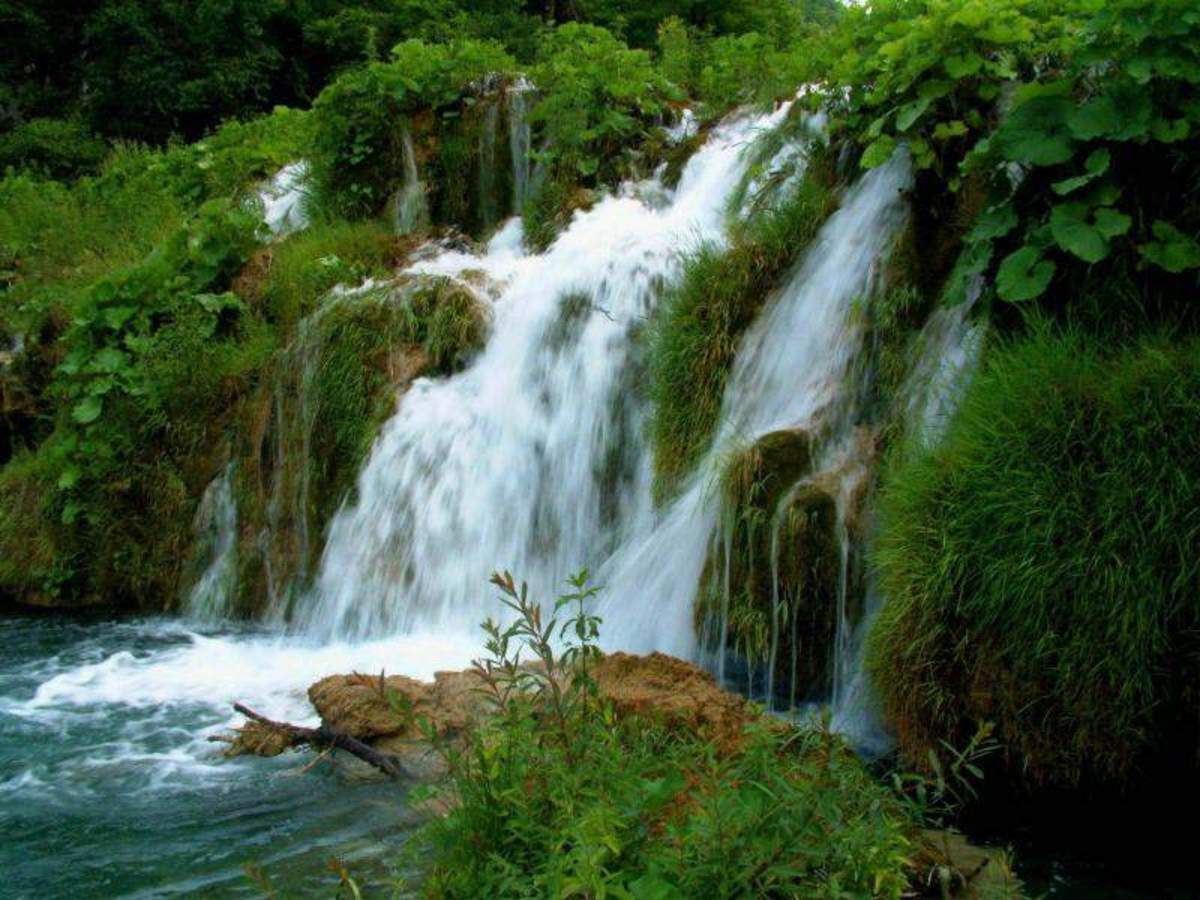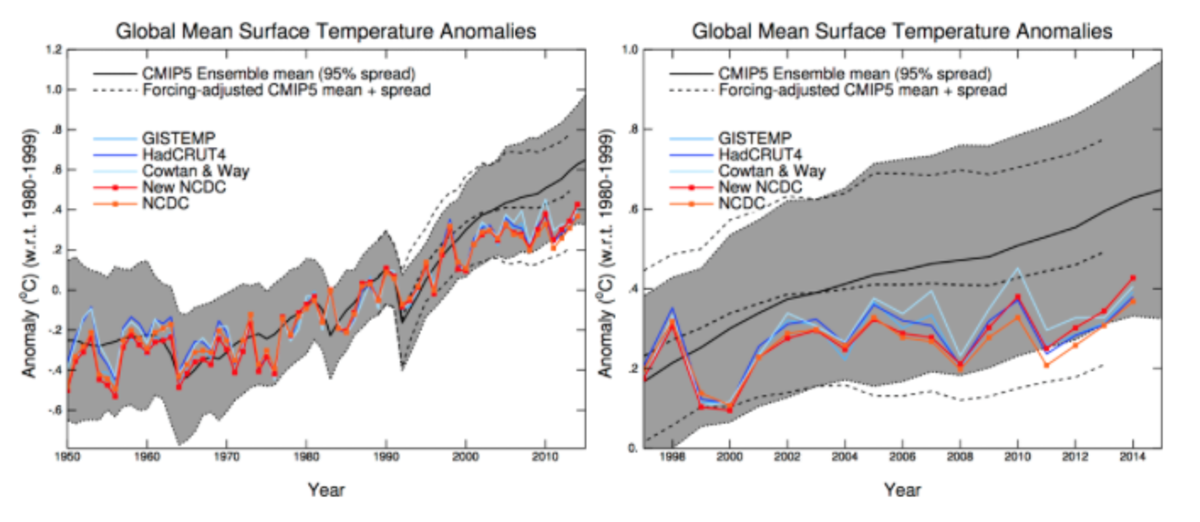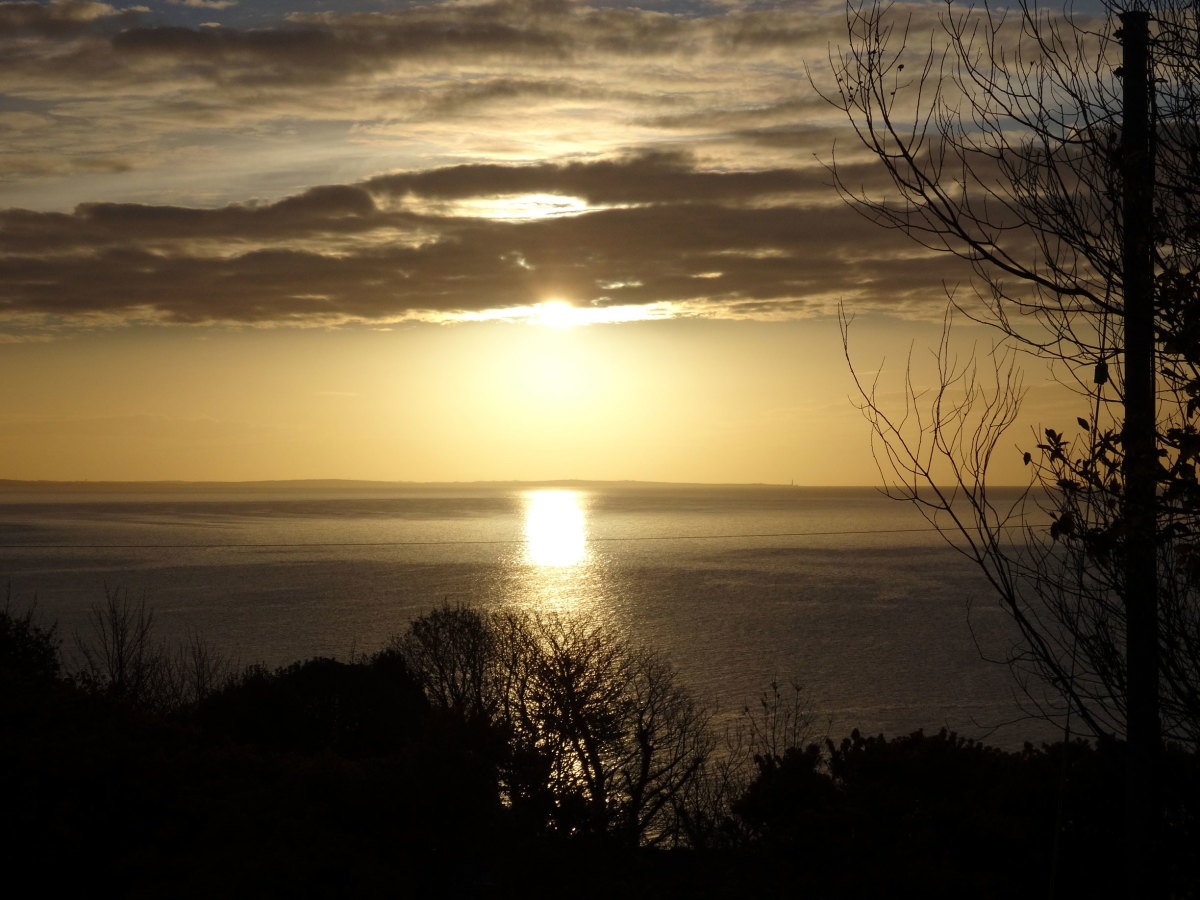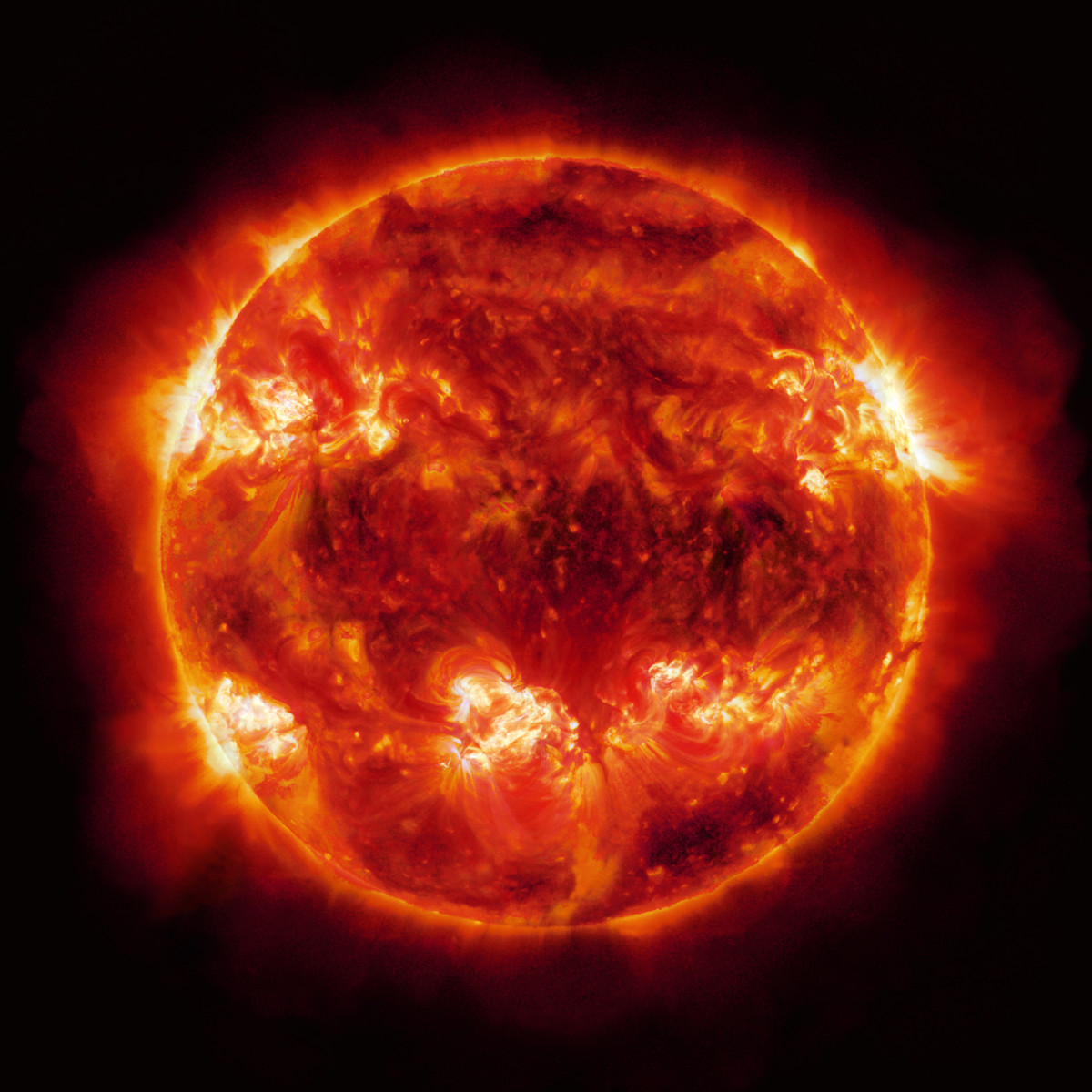Water Makes The World Go Round
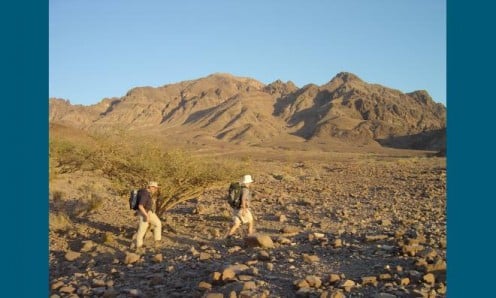
An Arid Desert Was Once a Lush Green Paradise
The mysteries surrounding why ancient civilizations built here on this spot; rather, than the spot over there are starting to unravel and archeology is largely responsible for finding these unexpected answers.
The pictures of Wadi Faynan (located in Jordan) show an arid stone desert devoid of any moisture whatsoever, let alone enough to support a thriving ancient population. So why would humans settle in an area that appears to be unable to quench the thirst of a lizard much less support a growing, thirsty population? Surprisingly, the answer is water.
According to archaeologist Steven Mithen, a source of water would have been one of the most important reasons for a group of peoples to choose a certain site over all others to inhabit. The picture below is an artist’s rendition of how Mithen feels the area would have looked 11,500 years ago when the first Neolithic men and women arrived and decided to settle the area.
The climate would have been cooler and wetter enabling the landscape to be overflowing with vegetation including wild figs, legumes and cereals. This vast expanse of fresh, green vegetation would have attracted and been able to maintain a plentiful supply of wild goats and ibex for meat; while, providing some forageable fruits, cereals and vegetables so necessary to their own diet.
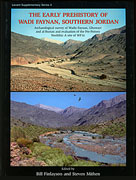
Mankind Loses Another Eden
It is thought that WF16, as it has been renamed, would have originally been used as a seasonal camp. Mithen, professor of early prehistory at the University of Reading, and a fellow archaeologist, Bill Finlayson, feel eventually WF16 became a permanent residence due to its many attractive features - such as water.
Evidence sifting also seems to indicate that there are food remains from each season; while, the scale of the garbage piles suggest that these inhabitants stopped moved approximately 10,000 years ago. If these deductions are correct, that would make Wadi Faynan one of the oldest sites of permanent settlement. This would be where the inhabitants learned to farm and helped to change the course of human civilization.
However; people being people, even that long ago, eventually they all but destroyed the very resource that had attracted and sustained not only them; but, the successive waves of settlements that followed.
George Santayana, an incredibly brilliant person, once said: "Those who cannot remember the past, are condemned to repeat it." A line from one of my favorite songs goes: "It’s all just a little bit of history repeating."
Again, people being people, we have not learned from many of our mistakes - this one in particular. Now, we are finding that history is still repeating 10,000 years later. This pattern has been repeated around the world for millennia; so, now the problem is threatening us on a global scale.
The beginning of the end began when people started cutting trees indiscriminately for shelter and fuel. Perhaps they didn't understand what a huge role trees play in soil conservation; and, that without their roots anchoring things in place, erosion happens.
When the rains came the soil was swept away because there were no longer enough tree roots to hold the soil in place or slow the progress of the rainwater running downhill. Without the rainwater being slowed, the shallow undergroud aquifers began to dry out. Now with both the soil and the trees were gone, the fields began to fail to thrive. All the nutrients needed to grow healthy, productive crops had been washed away with the topsoil.
The second contributor to the end to this culture was the constant diversion of what little water they could collect in an attempt to grow enough crops in the depleted soil to feed the ever-increasing number of people.
The third and final blow was the climate naturally becoming drier and hotter.
Historians believe that Wadi Faynan has been abandoned and resettled at least twice. It is believed that the first evacuation of the city was due to a sharp change in the climate with the second exodus being due to pollution. Today what water is left in the spring is being rapidly used up by the Bedouin peoples who still live in the valley. They have driven pipes down into the dry stream bed in order to irrigate fields of tomatoes they are barely maintaining in the dry soil. Their already hard lives are getting harder. According to local lore, decent life-giving rains only come less than once every two years.
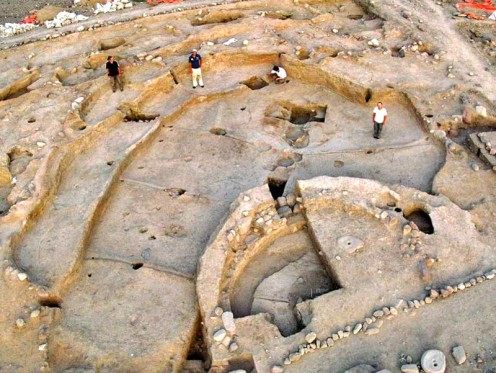
We Have Not Learned...Anything
Archeology has proven that many ancient civilizations, whose ruins now lay buried in the unrelenting sands of modern deserts, were originally settled because of the abundance of water. Due to misuse of the land and water plus natural climate changes, these paradises changed to barren, almost waterless lands that forced these peoples to leave everything but the most important of possessions behind and find new lands to populate.
The farmers in Wadi Faynan are not alone. Communities all around the world are paying the price for thousands of years of exploitation of our environment and our water in particular. Right now, in the 21st century, when we are supposed to have the highest standard of living ever achieved on earth, 1 billion people do not have enough clean water to drink. At least 2 billion people cannot rely on adequate clean water to drink, clean and eat with; let alone have enough let over to share with the land.
Millions of deaths each year occur from disease and malnutrition. Chronic hunger keeps children away from school which is the only hope of a better life. These and other looming crises are being blamed on either the lack of; or, mismanagement of our most precious resource – water. Up until now, it has been mostly the poor who have suffered; so, (in my mind) efforts were not as vigorous as they could have been to alleviate the problem. However, increasingly rich nations are beginning to struggle with this problem also.
Climatologists are saying that Australia has been “gripped by drought” for so many years that the time has come to accept and admit that the lack of rain is permanent. Residents in the town of Orme, Tennessee were shocked last autumn when the Red Cross delivered water parcels. One resident, Susan Anderson, told a reporter, “I thought, that can’t be the Red Cross. We’re Americans!” This year in California, Governor Arnold Schwarzenegger declared the first state-wide drought in 17 years. Barcelona, Spain has begun importing tankers of water from cities along the coast. The United Kingdom, home to more rainy-day horror stories (rising damp and all that) than anywhere I know, has developed such a problem in the crowded southeast that one company plans to build a desalination plant. This is the type of measure the desert states are investigating to increase their rainfall in the coastal areas.
The phrases being tossed about now are designed to raise awareness through fear. Unfortunately, the time has come that fear may be necessary. Every other tool in our “raising awareness” tool belt seems to have failed. As usual, the love of money has closed the developed countries eyes to the damage being done. The facts have not been delivered to the public in a straightforward, easy to understand manner, and we are now reaping the rewards of that deception.
The Stockholm International Water Institute warns of 'an acute and devastating humanitarian crisis'. The founder of the World Economic Forum, Klaus Schwab, alludes to a climatic 'perfect storm'. Ban Ki-Moon, the United Nations Secretary General, has chosen to raise the specter of 'water wars'.
Experts are predicting that unless is something is done to alleviate this problem, billions more will suffer lack of water bringing on hunger, disease, migration and finally war.
Politicians, economists and engineers are pressing for dramatic changes to the present water management system in Wadi Faynan and like areas. They are looking at everything from tree planting and simple storage wells, to more costly (multibillion dollar) schemes such as a dam and pipe system that would, in effect, replumb the planet. Relatively new technologies such as making freshwater from sewers and seawater are also being looked at.
In theory, there is plenty of water on earth for all its approximately 7 billion people with plenty left over for crop irrigation and other uses.
"There's certainly enough water for every person on the planet, but too often it's in the wrong places at the wrong times in the wrong amounts," says Marq de Villiers, author of the 2001 book Water Wars.
Three hours to the north of Wadi Faynan is the much greener Wadi Esseir; but, even there the effects of living in one of the driest countries of the world is being felt. Orchard owners receive water only once a week from the local irrigation co-operative to sustain trees such as fig, lemon, olive and grenadine plus any vegetables the family may grow. Any additional water must be obtained from the infrequent rainfall.
Human water demand has risen sixfold in the last 50 years due to the ever-increasing population, economic development and a growing consumption of meat, dairy and fish. Toss in diminishing supplies: approx. 845,000 dams block most of world’s rivers depriving downstream communities of water and sediment. Damming also increases evaporation of the dammed water and up to 50% of the water is lost due to leakage. An estimated 1 billion people do not have the proper infrastructure necessary to transport the water effectively and safely. Much of the uncovered water is often polluted by chemical and heavy metals from farms and industry. The UN blames water contaminated in this way for poisoning more than 100 million people. The last of the diminishing supplies is the rain. Every year it gets less reliable. Soon it may not come at all.
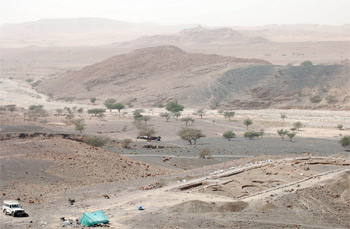
Water Scarcity: The Haves and Have-Nots
The UN defines “water scarcity” as less than 1,000m3 of renewable clean water for every person to drink, clean, grow food and run industry with every year. This standard leaves one-half the world’s population in countries suffering from water scarcity. Jordan, our example country, averages 160m3 of renewable water per person per year.
11 million children under the age of five die each year from disease and malnutrition due to a lack of clean drinking water and sanitation. Lack of water accounts for nearly 1 billion people being chronically hungry. Another 2 billion suffer what the UN’s Food and Agriculture Organization calls “food insecurity” – a nice way of saying they do not have adequate food and nutrition for an “active and healthy life”. Lack of clean drinking water keeps more than 60 million girls out of school. These are the people who get caught in the water-poverty trap: two-thirds of the people who lack enough water for even the most basic needs live on less than $2 a day.
“Variability of water availability is strongly and negatively related to per capita income,” says Professor Jeffrey Sachs, author of Common Wealth: Economics for a Crowded Planet, and a special adviser to the UN Secretary General. Poor health, lack of education and hunger make it hard to escape.
So, with half of the world’s population living in water-stressed countries, how do so many keep the irrigation taps open and the kitchen taps running?
There is a saying that goes, “Water flows uphill to money.” Professor Tony Allan of Kings College says, “Water shortages don’t pose serious problems to gardeners in Hampshire or California homeowners with pools to fill.”
Tony Allan has found what he calls “virtual water” to be one answer to the conundrum of water scarcity – who gets it and who doesn’t it. He wondered why Middle Eastern countries without abundant water supplies were not suffering the water crisis they should have. The answer was trade. They bought food and along with it these water-poor societies were also buying what he dubbed “virtual water.” Virtual water is the water used to bring these foodstuffs to the point where they can be sold. These countries are not only buying the food, they are buying the water contained in that food. This is water they don’t have to find.
The other answer is that peoples and communities around the world have been forced to use water they wouldn’t normally tap for drinking, agriculture, or industrial uses. Rivers, lakes and aquifers, some of them millions of years old, have been emptied far beyond the limit at which they can replenish themselves. Above ground, lakes are receding or drying up; rivers are reduced to mere trickles or drying up while underground, the crisis is just as large; but, harder to see. Aquifers worldwide are beginning to dry up as more water is being removed than can be replenished. Sometimes the empty cavities simply collapse and the aquifer can never be used again.
All these dams and irrigation channels and pumps and pipes allow billions of people to run up a gigantic global water overdraft. What worries experts is that there is no sign of humans withdrawing less water.
Debates are raging worldwide regarding ways to save water and reduce our water footprints. Rich countries can make huge inroads just in domestic efficiency alone; but, most of the world’s peoples do not have power showers, swimming pools or waste great quantities of food. The focus is mainly on reducing water used for agriculture by improving the efficiency of irrigation, engineering seeds to grow in arid and/or salty condition or even shifting crops. Unfortunately, there is a widespread resistance to raising prices for water or energy for pumping to increase efficiency, suspicion of genetic modification and reluctance among farmers to abandon water-hungry; but, lucrative crops when they are struggling to feed their family. “It's a socioeconomic dilemma,” says Al-Nuimat. “You can't stop now: it's the source of their life.”
Many communities are reinstating simple, more traditional methods: tree replanting, taking out thirsty non-native species and replacing them with hardier native species, stone walls to hold back erosion and rain harvesting with the use of ponds and/or storage tanks.
Some are even urging a more vegetarian diet for all. Vegetarian (or mainly vegetarian) diets require approximately one-half the water that a typical American meat-eater’s diet requires. This is, according to Lord Haskins, the former chairman of Britain's Northern Foods group and a government adviser, "the most virtuous and responsible step of all".




